Best and worst flowers for allergies
Trending Now
Achoo! Flowers bring and symbolize happiness to most. Their vibrant colors and exotic fragrances highlight any garden they grow in. For allergy sufferers, however, there are many flowers that cause symptoms and reactions ranging from mild to severe.
Knowing which flowers to plant and which plants to avoid altogether for those who experience allergies to plants may be the key to their surviving allergy season. Take a look!
Aster (Worst)
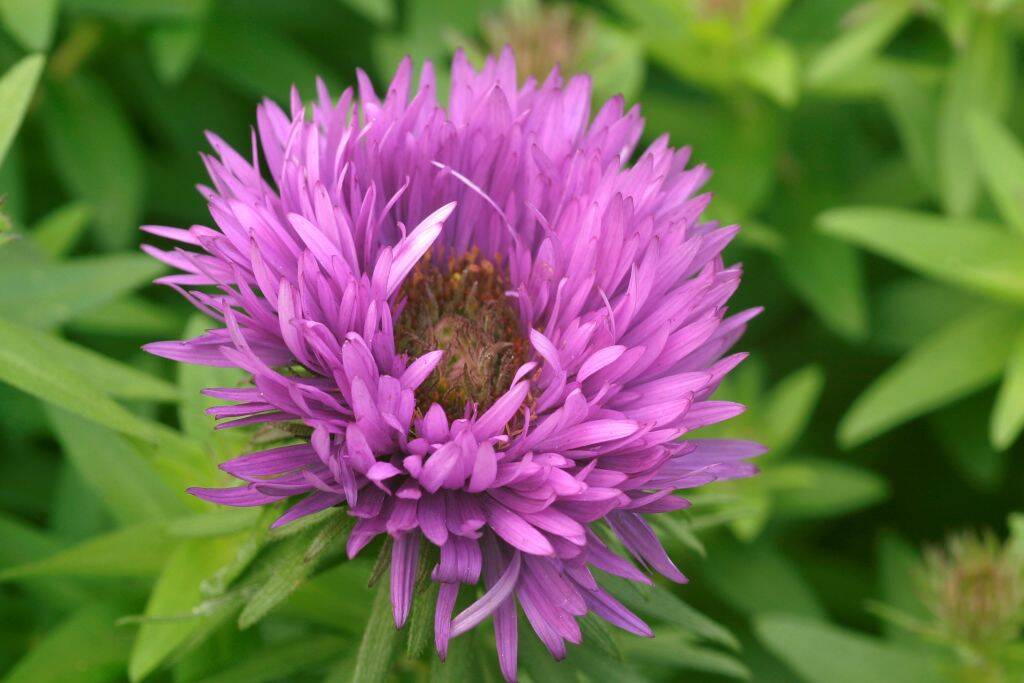
Aster flowers are a popular choice in gardens due to their bright colors and ability to attract pollinators. However, these flowers may not be the best option for allergy sufferers. Asters can be a significant source of pollen and have a tendency to trigger allergies.
As such, those with allergies should exercise caution when selecting flowers for their gardens or indoor spaces.
Lilies (Best)
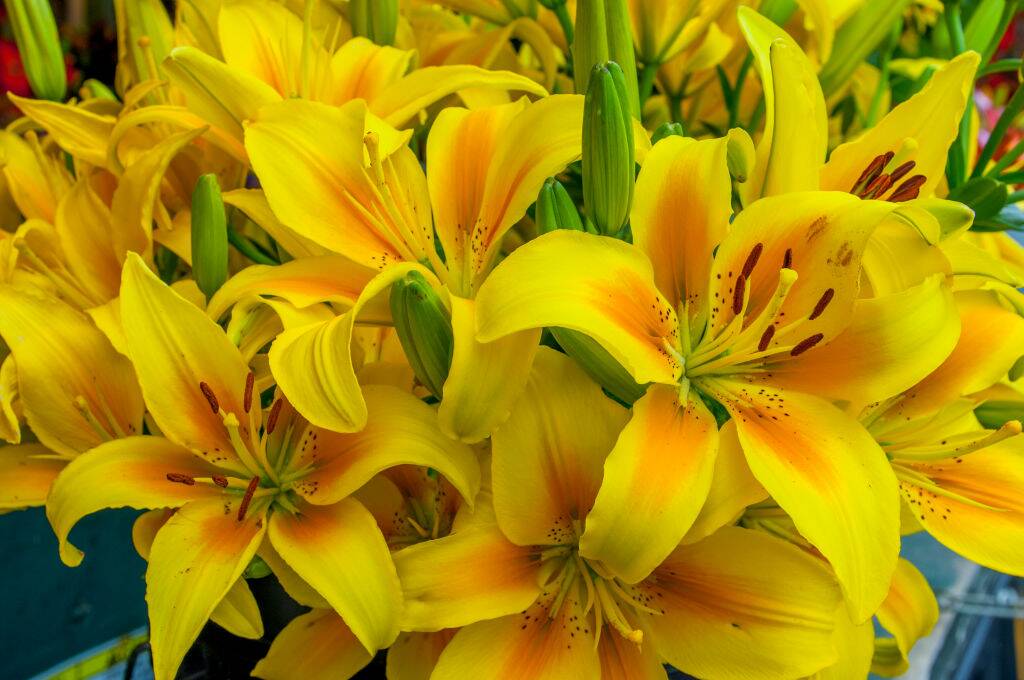
For those suffering from allergies, Lilies can be a safe alternative as they produce little to no pollen. Lilies are low-allergenic plants and produce very little pollen.
Therefore, Lilies can be a suitable option for those who want to enjoy beautiful flowers without triggering their allergy symptoms.
Baby’s Breath (Worst)
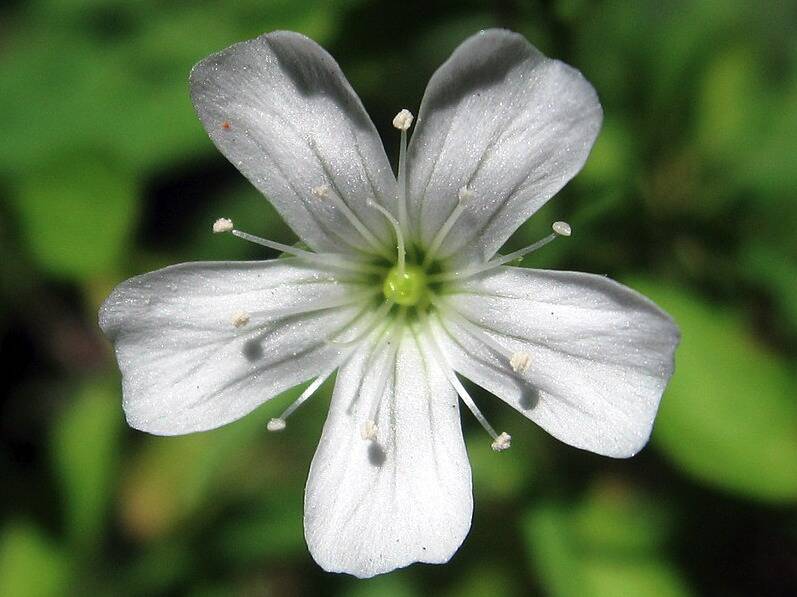
Baby’s Breath flowers, also known as Gypsophila, are a popular filler in floral arrangements and bouquets. However, they are also notorious for provoking allergies in sensitive individuals.
Due to the risk of allergy symptoms, those with allergies should avoid exposure to this plant.
Begonia (Best)
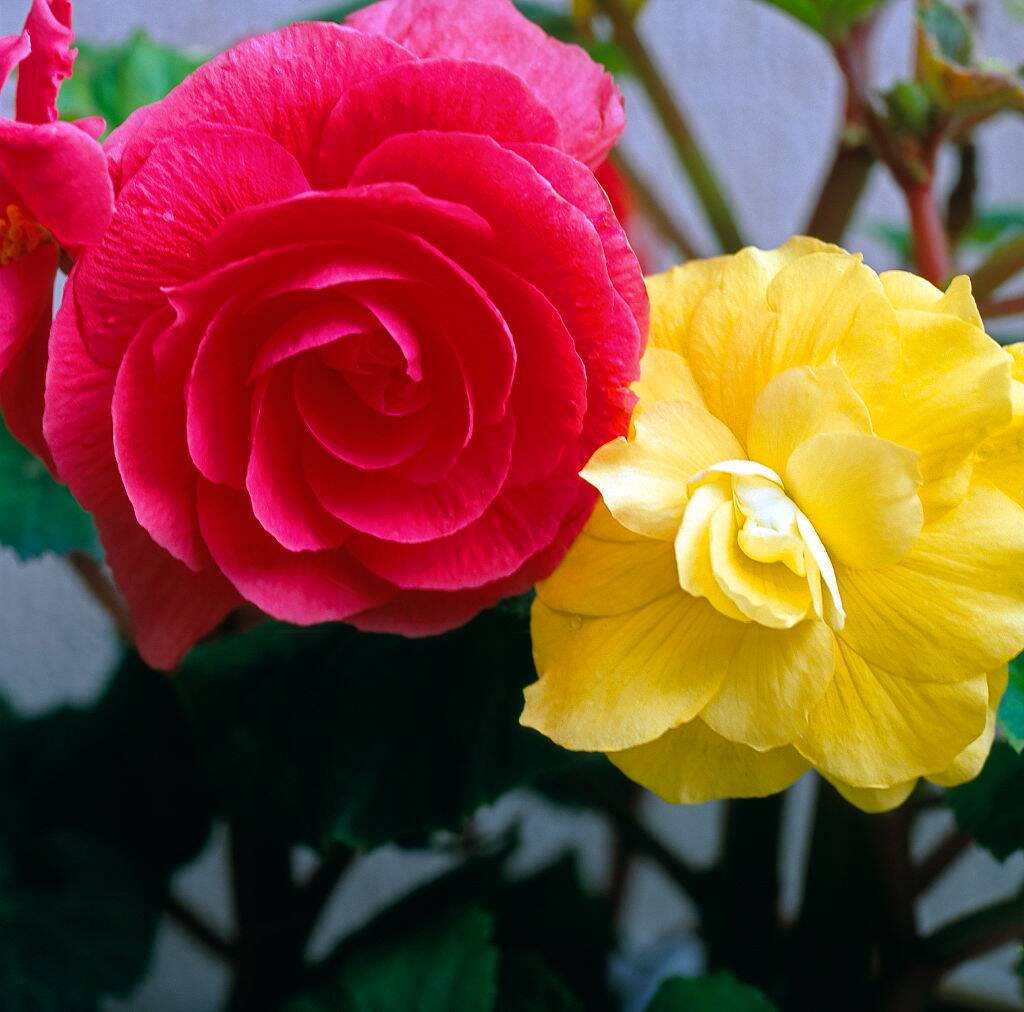
Begonia plants are considered safe for allergy sufferers due to their lack of pollen and low volatile organic compound emissions.
With their vibrant colors and easy care, Begonias make a great addition to any home or garden.
Dahlia (Worst)
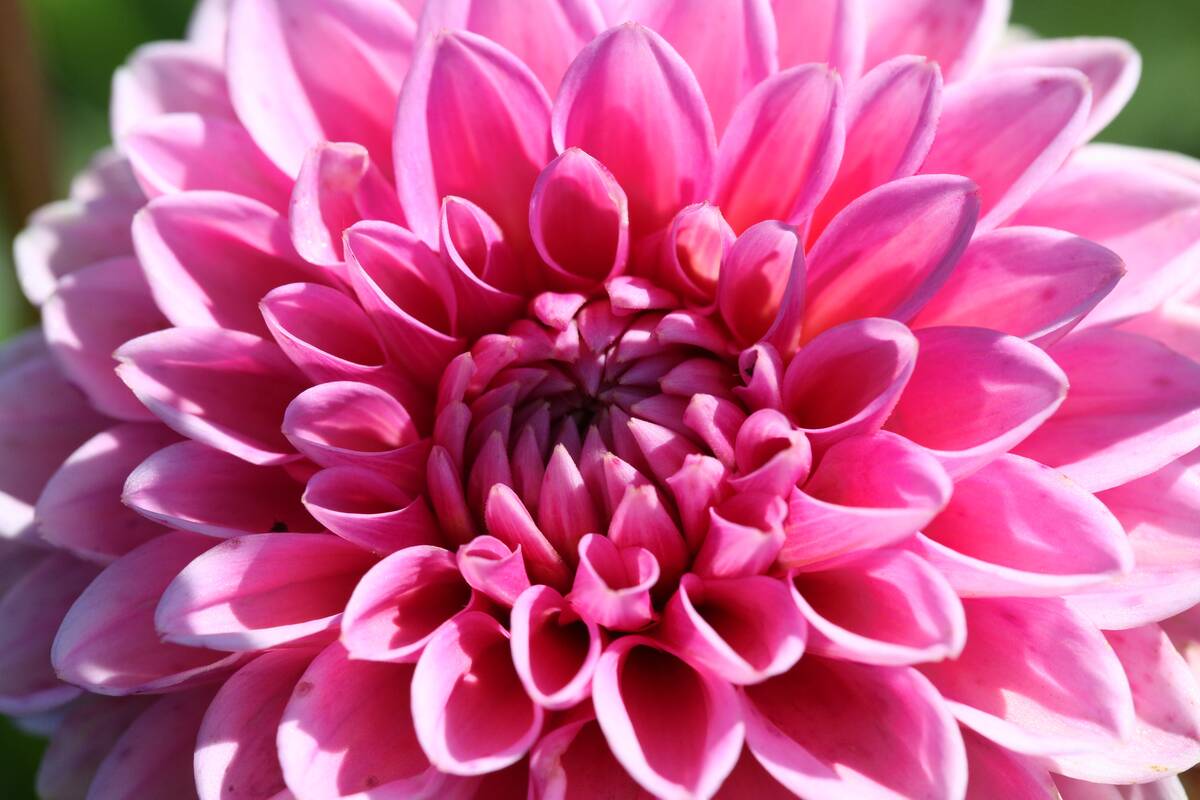
Some botanists suggest that individuals sensitive to plants in the Asteraceae family, which includes Dahlia, may experience allergic reactions.
Overall, more research is needed to fully understand the potential effects of Dahlia plants on people with allergies.
Azalea (Best)
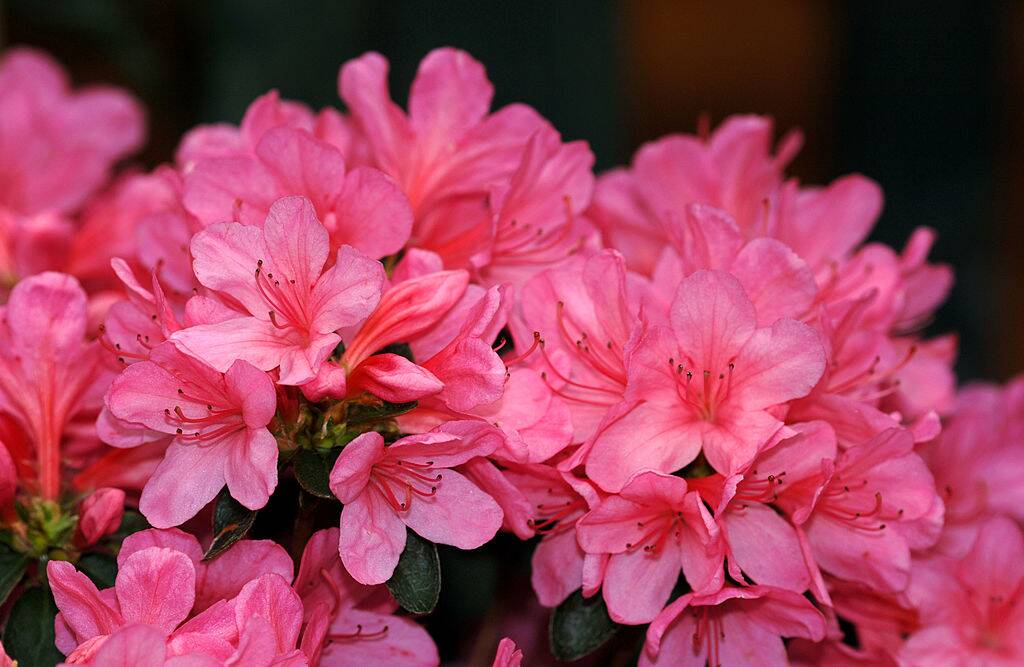
Azalea plants are a safe option for those with allergies to plants. They have a low level of allergenicity, which means they are unlikely to cause an allergic reaction.
So if you’re looking for a beautiful, allergy-friendly plant for your garden or home, consider the azalea.
Daisies (Worst)
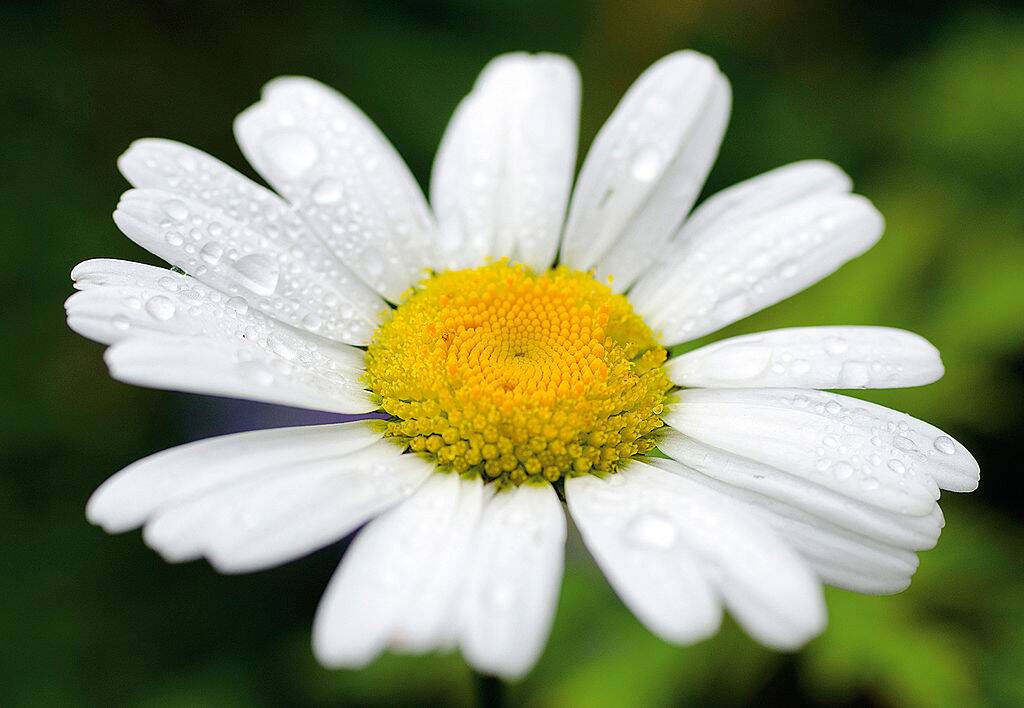
Daisies are beloved for their bright colors and delicate beauty, but they are also one of the worst plants for allergy sufferers.
Despite this, the popularity of daisies persists, and people continue to plant them in gardens and enjoy them in floral arrangements.
Cactus (Best)
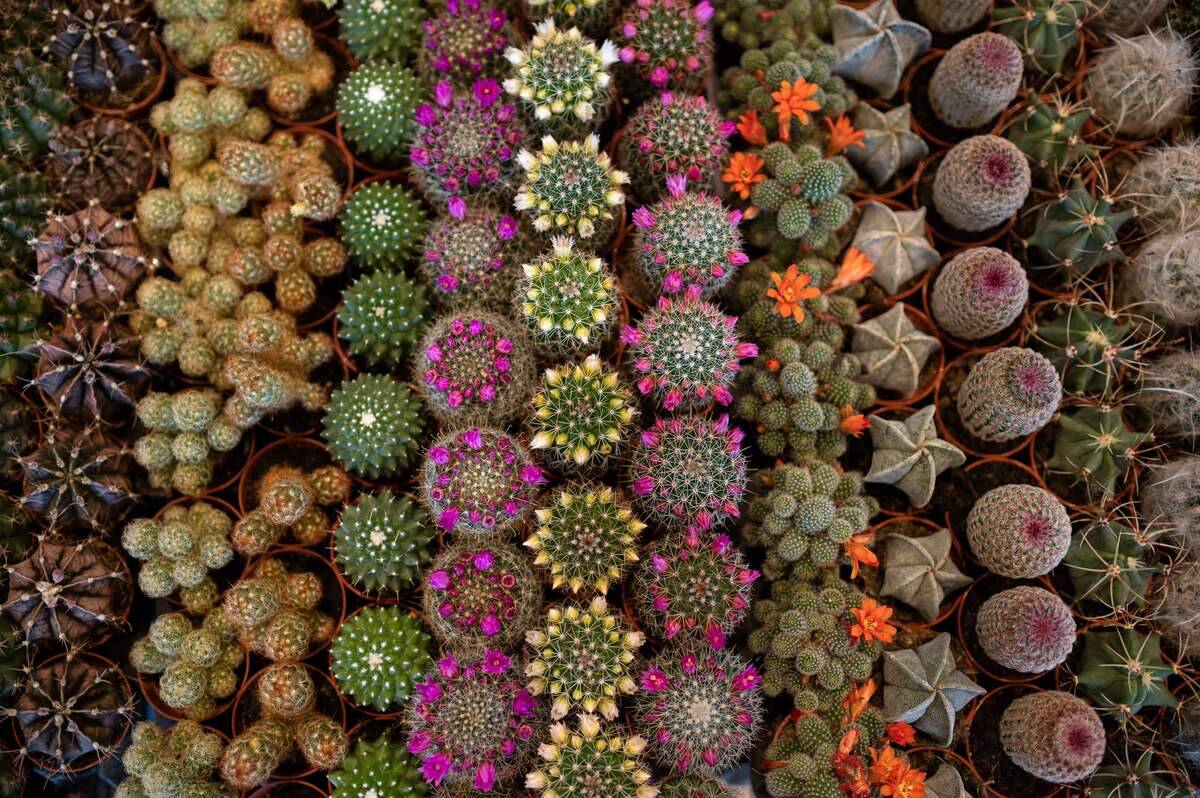
Cacti are excellent choices for individuals with seasonal allergies because they do not produce pollen or emit any significant volatile organic compounds.
The unique shapes and sizes of cacti can add an interesting touch of greenery to any space without triggering allergy symptoms.
Chamomile (Worst)

Chamomile, a popular herb known for its calming effects, is often used for medicinal purposes such as treating anxiety, insomnia, and digestive issues.
However, it’s also a known allergen, causing skin rashes, asthma, and other respiratory problems in some people.
Camelia (Best)
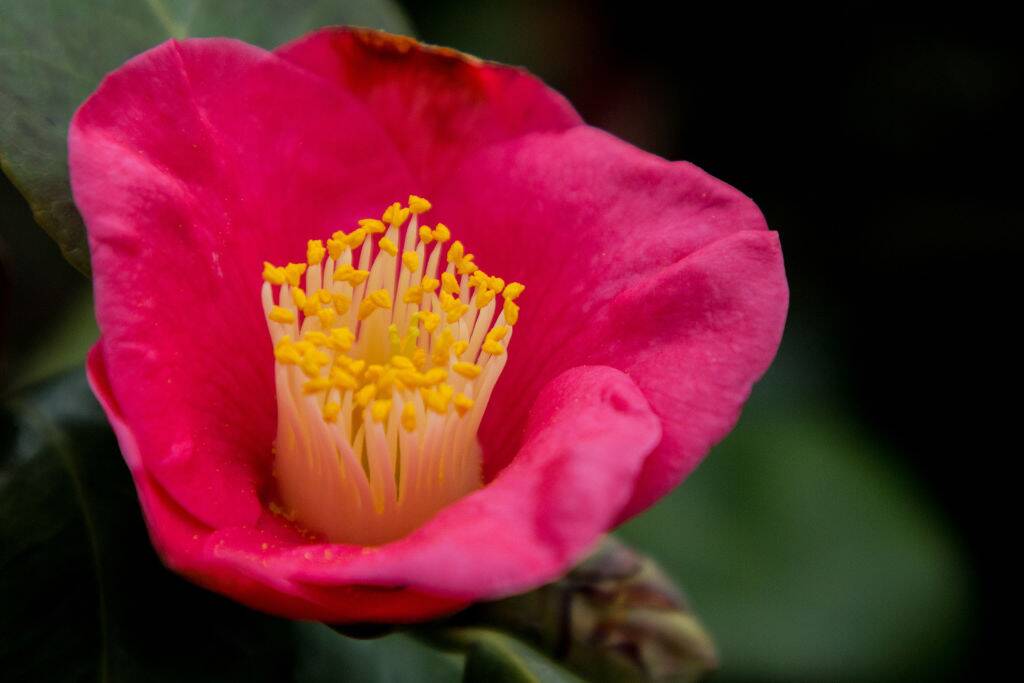
Camellia plants are a safe option for allergy sufferers as they do not produce pollen that can trigger allergy symptoms.
The stunning blooms and evergreen foliage of Camellias can be a beautiful addition to any garden or home without causing any discomfort for those with allergies.
Chrysanthemums (Worst)
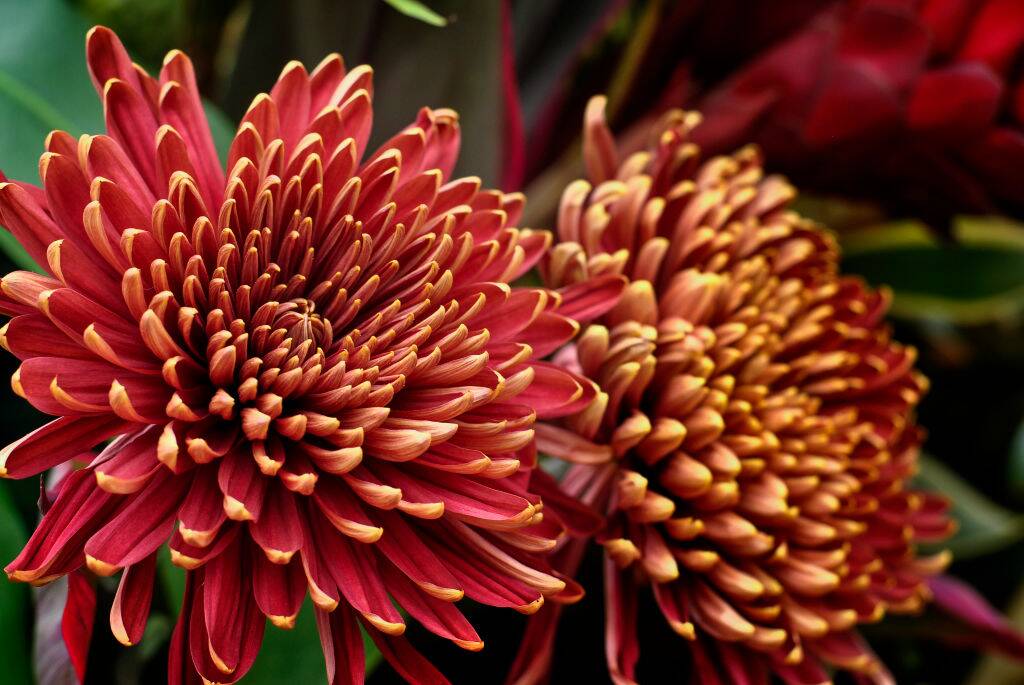
Chrysanthemums, with their bright and cheerful blooms, are a popular choice for gardens and floral arrangements. However, they are also a common allergen, with their pollen and fragrances causing allergic reactions in some people.
While beautiful, it’s important for those with allergies to be cautious around chrysanthemums and avoid prolonged exposure to them.
Clematis (Best)
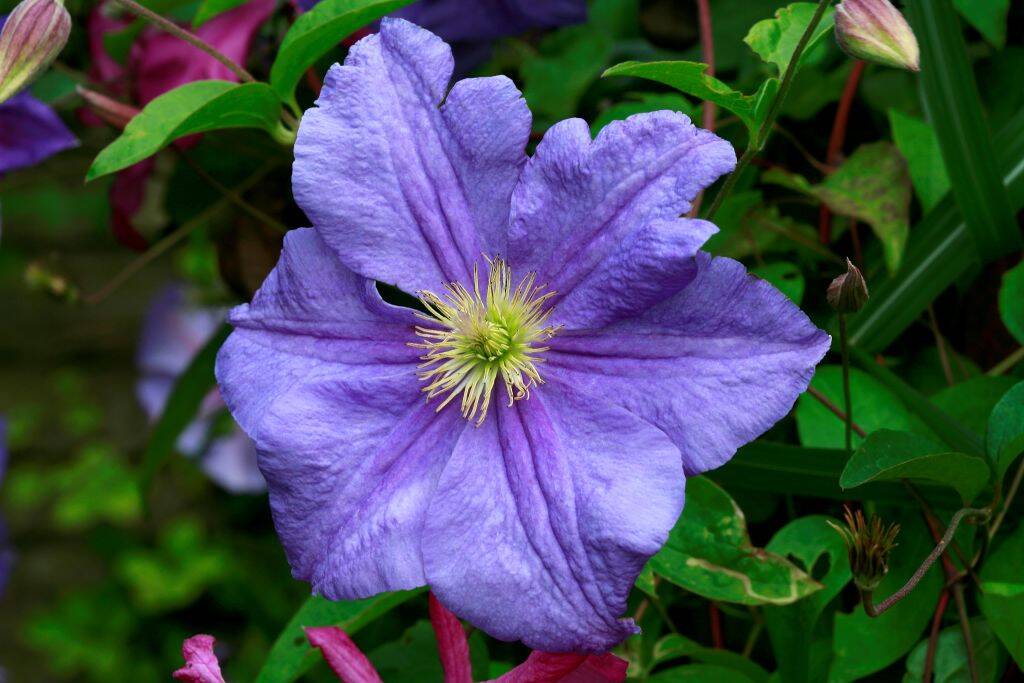
Clematis is a stunning flowering plant that does not induce allergies.
The flower’s beautiful blooms and non-allergenic properties make Clematis an ideal choice for gardeners and allergy sufferers alike.
Ragweed (Worst)
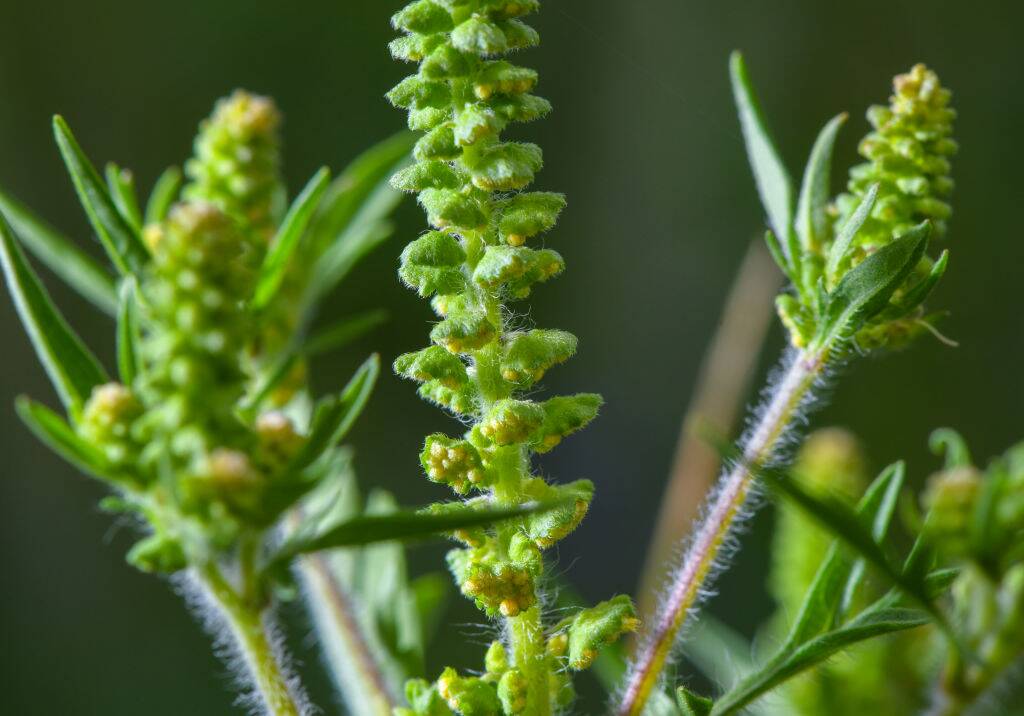
Ragweed is a common plant that is one of the primary causes of seasonal allergies. It produces large amounts of pollen that can trigger symptoms like sneezing, itchy eyes, and a runny nose. An example of Ragweed is the common Ragweed, which is found throughout North America.
According to the American Academy of Allergy, Asthma & Immunology, “Just one ragweed plant can release up to one billion grains of pollen in a single season.”
Columbine (Best)
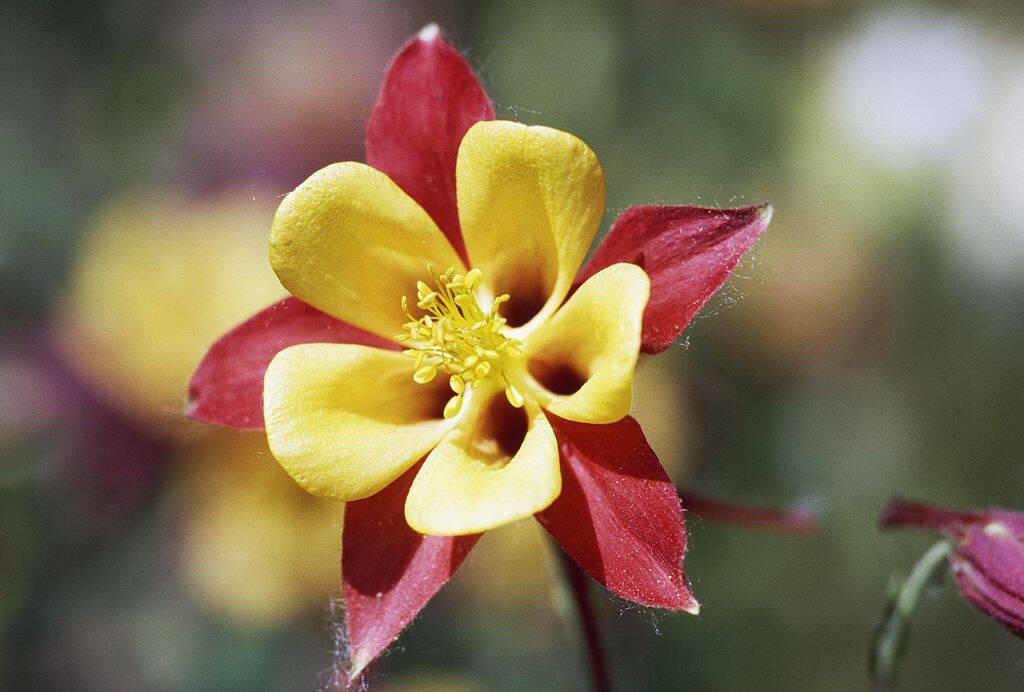
Columbine plants are known for their showy, bell-shaped flowers with long, upward-spreading spurs that come in a variety of colors. These perennials are non-allergenic, making them a great option for individuals who suffer from seasonal allergies.
Amaranth (Worst)
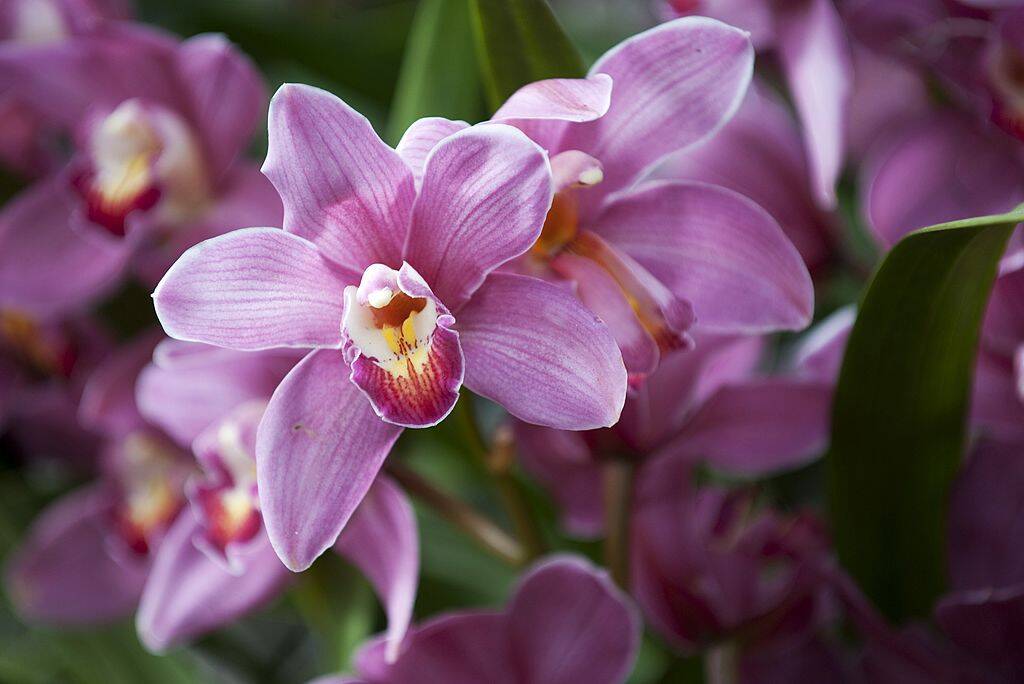
Amaranth is a plant that has gained popularity recently due to its health benefits. However, for those with allergies, it can pose a risk.
Therefore, it is important for those with allergies to be aware of the potential risks and consult with a medical professional before consuming Amaranth.
Ornamental Grasses (Worst)
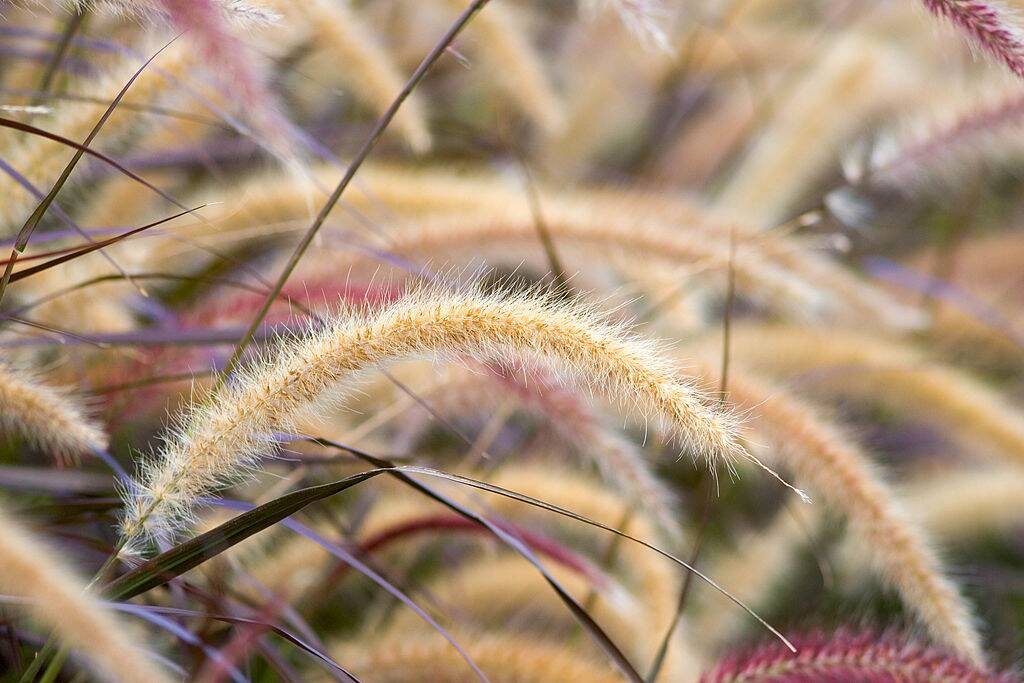
Ornamental grasses have become increasingly popular as a decorative addition to gardens and landscapes. However, they can also be a strong producer of allergens.
It is noteworthy to consider the potential allergenicity of ornamental grasses before adding them to outdoor spaces.
Hibiscus (Best)

Hibiscus plants are generally safe for individuals with allergies as they produce relatively low amounts of pollen, which is the main trigger for allergies.
Allergy sufferers can enjoy the beautiful blooms of hibiscus plants without worrying about adverse reactions.
Hosta (Best)
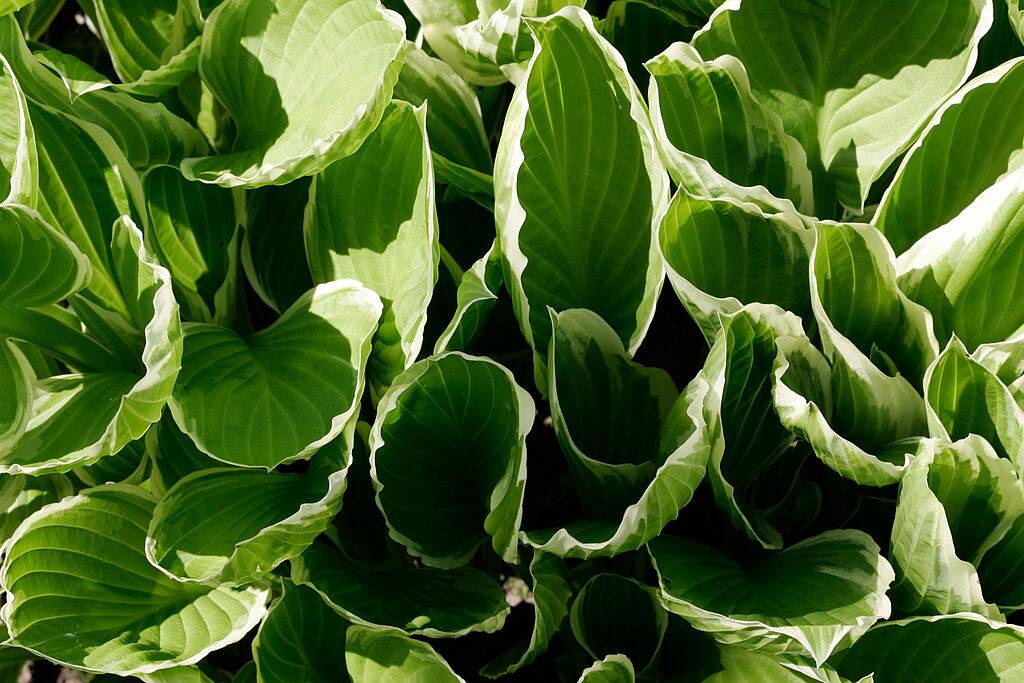
Hosta plants are a great option for allergy sufferers.
Additionally, Hostas are low maintenance and come in a variety of colors and textures, making them a versatile choice for any garden.
Iris (Best)
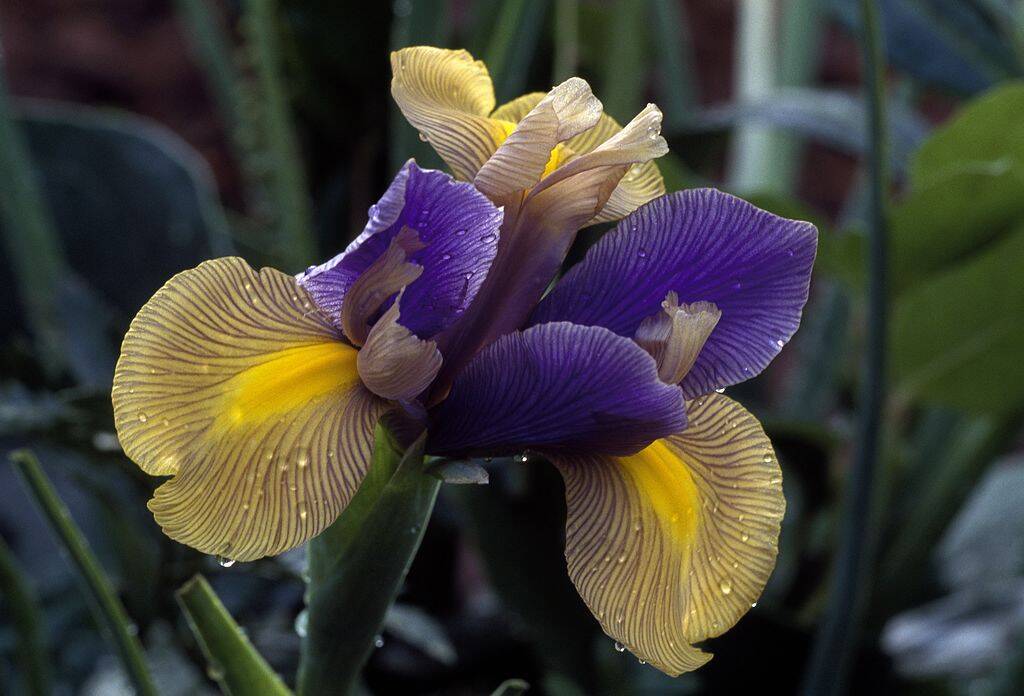
Iris plants are a safe choice for allergy sufferers to plant or be near.
This makes Iris a great option for those who want to enjoy the beauty of flowers without worrying about allergic reactions. Furthermore, Iris comes in a wide range of colors and sizes, making it a versatile addition to any garden.
Pansy (Best)
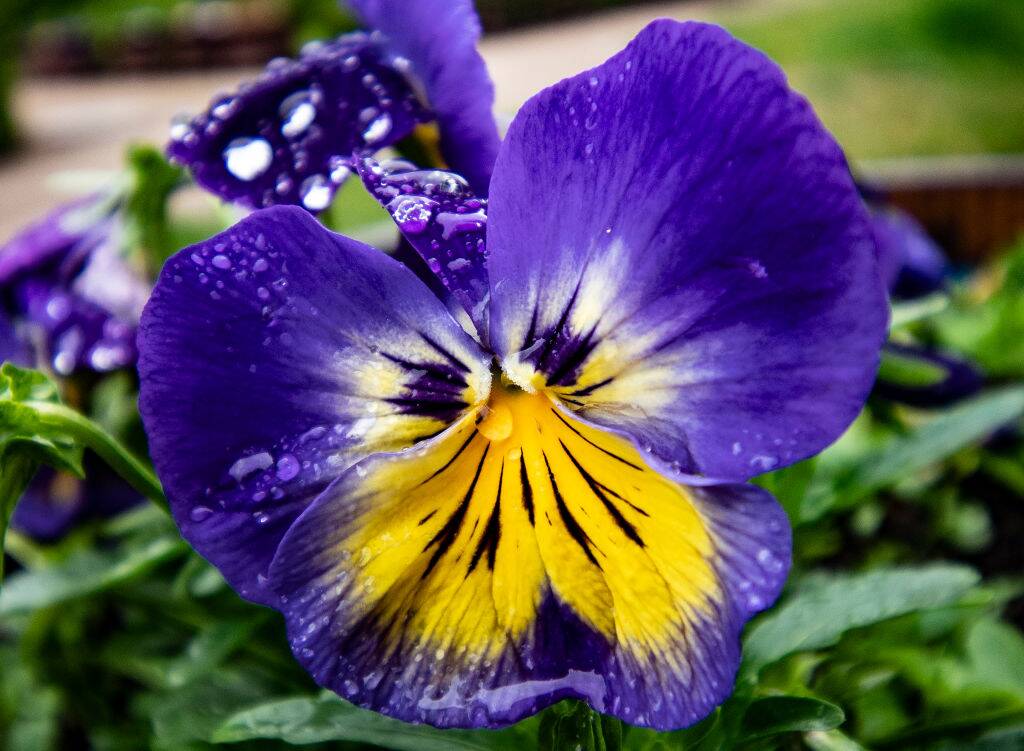
Pansies, known for their vibrant colors and delicate appearance, are a popular choice for gardens and floral arrangements. Not only are they visually pleasing, but they are also non-allergenic, making them a great option for those who suffer from allergies.
Pansies are less likely to release their pollen into the air, reducing the chances of allergic reactions.
Zinnia (Best)
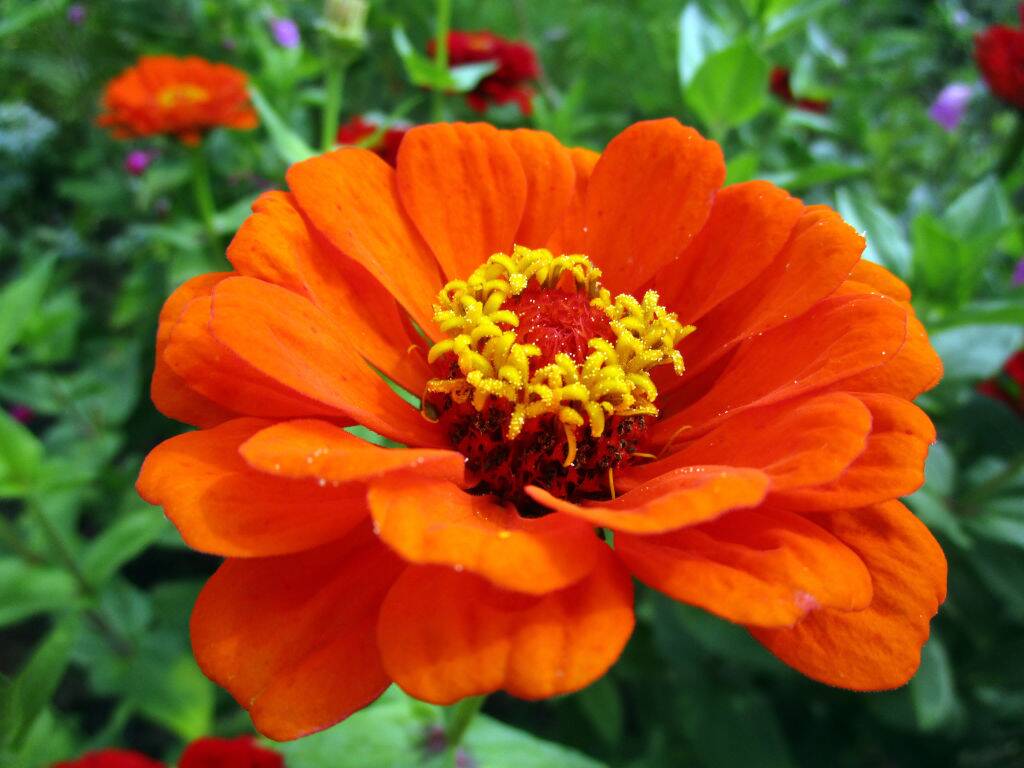
Zinnia plants are a great option for those who suffer from allergies. Unlike many plants, they produce little to no pollen, making them a low-risk choice for allergy sufferers.
Their vibrant colors and low allergy risk make them a beautiful addition to any garden or bouquet.




